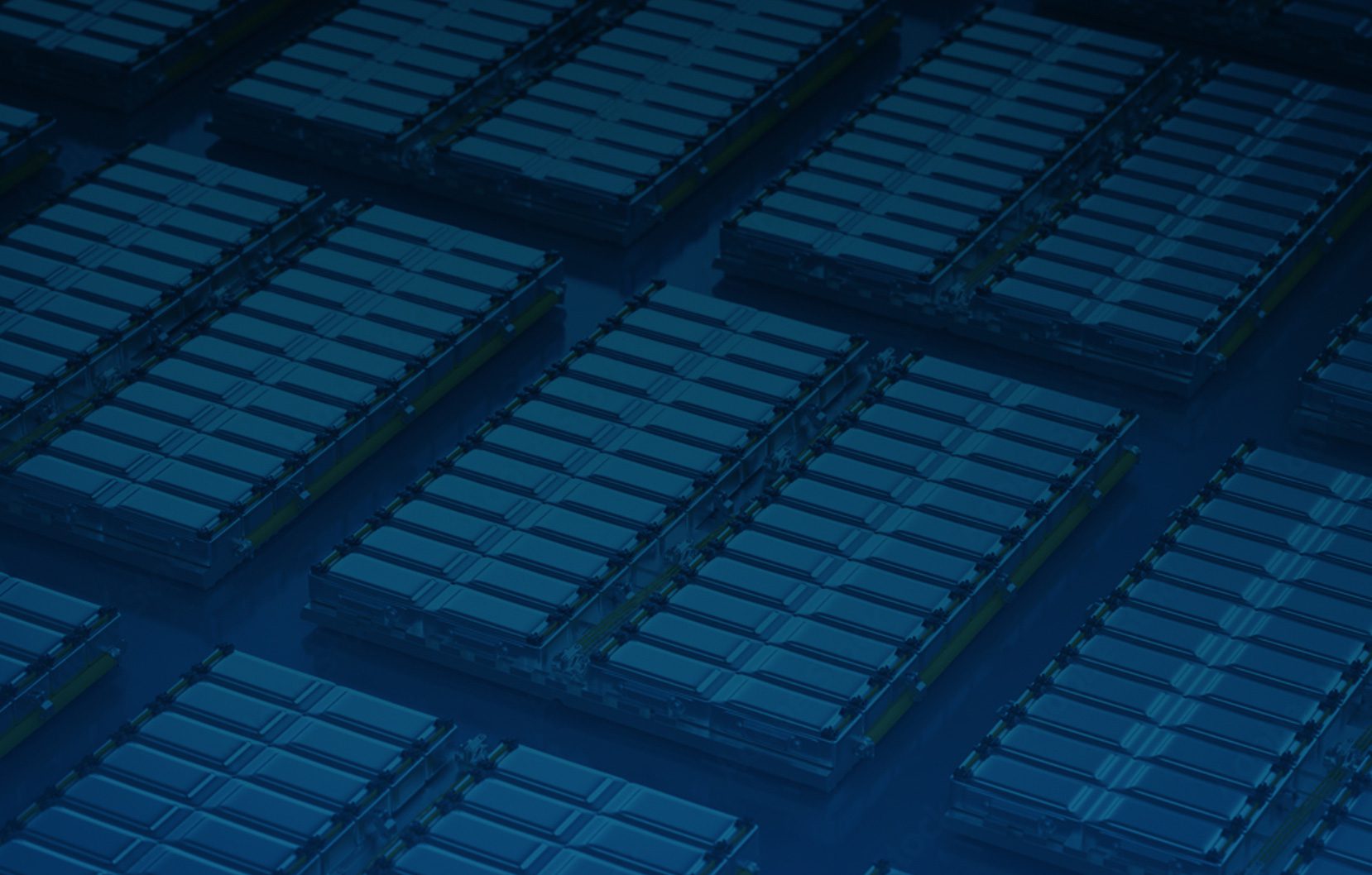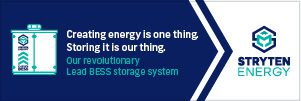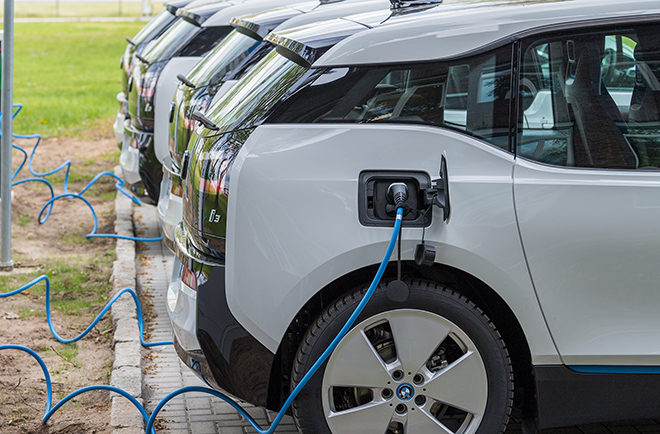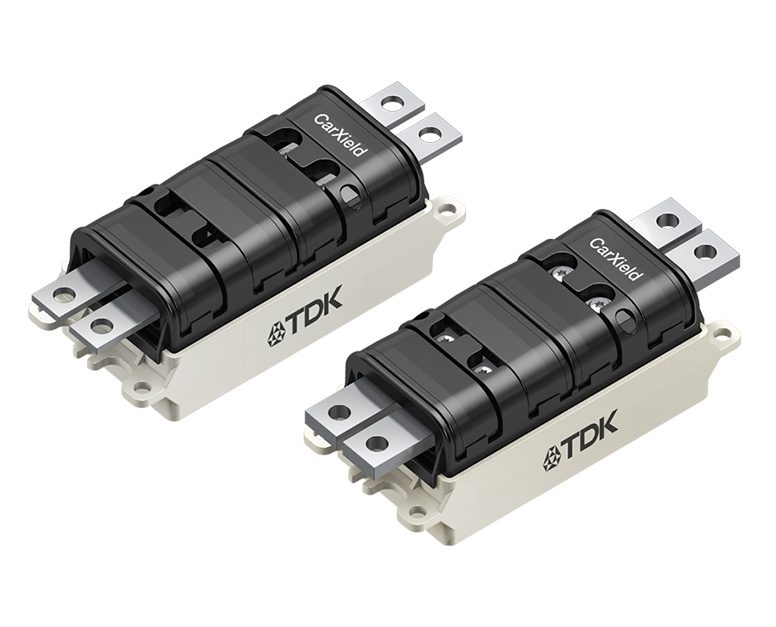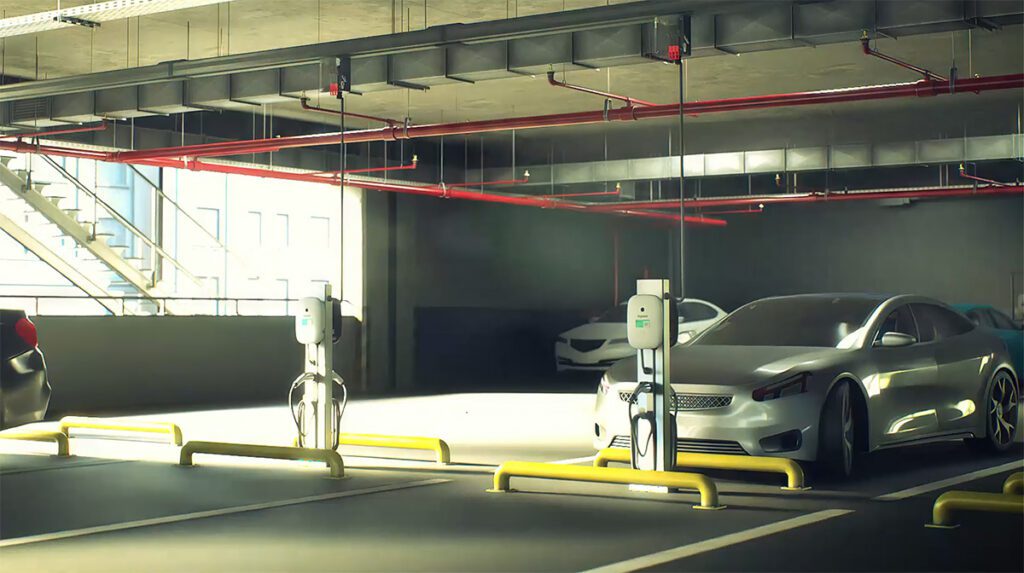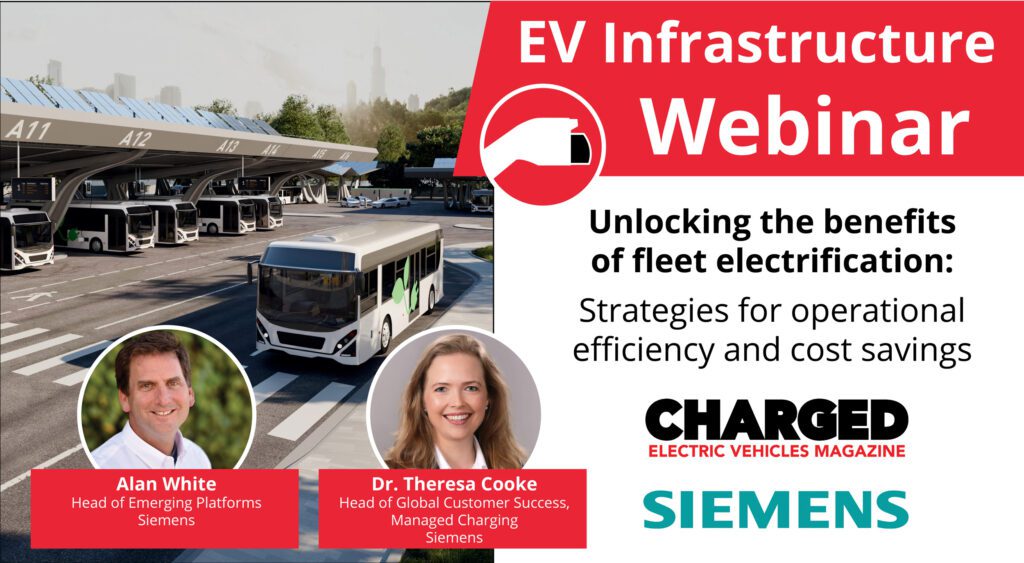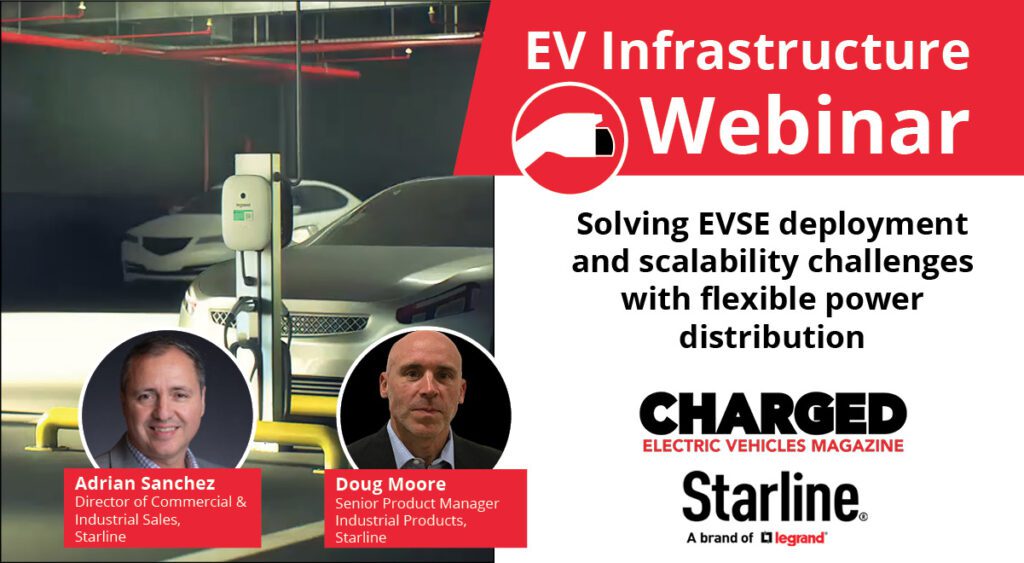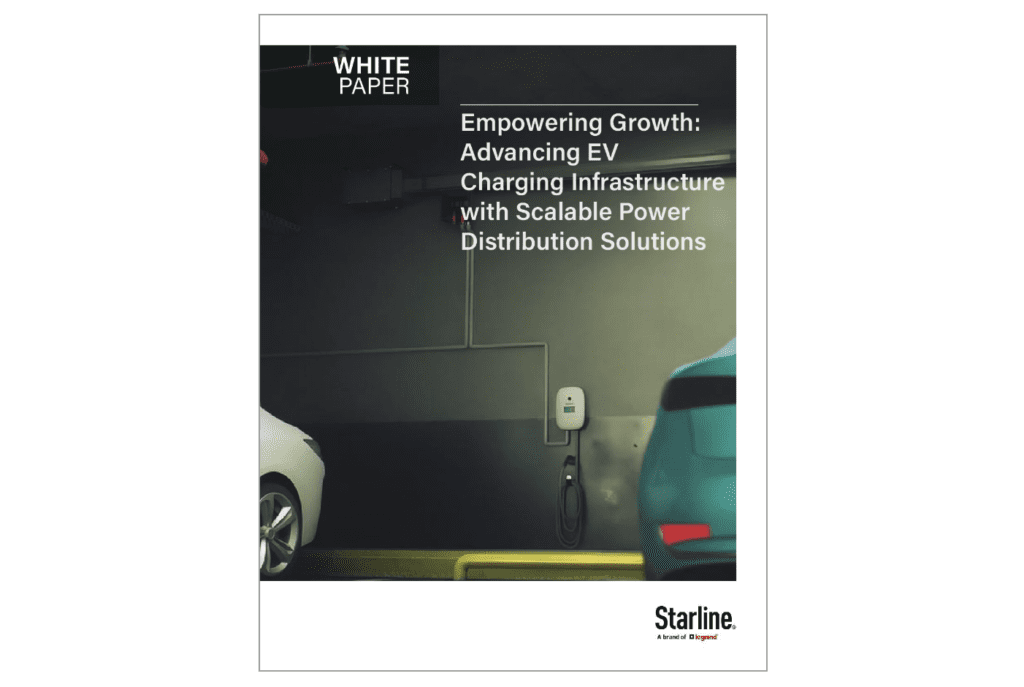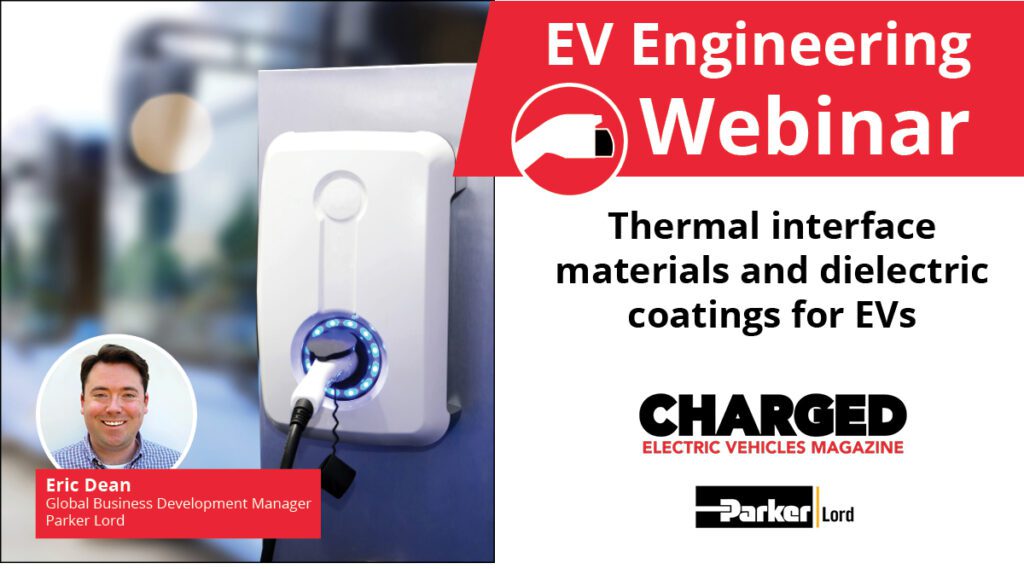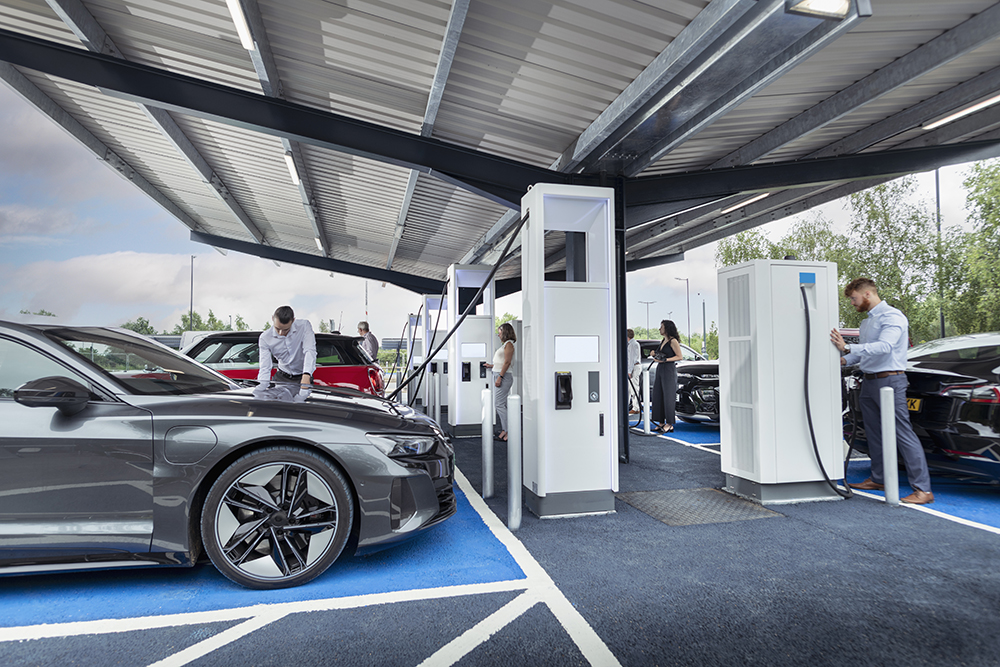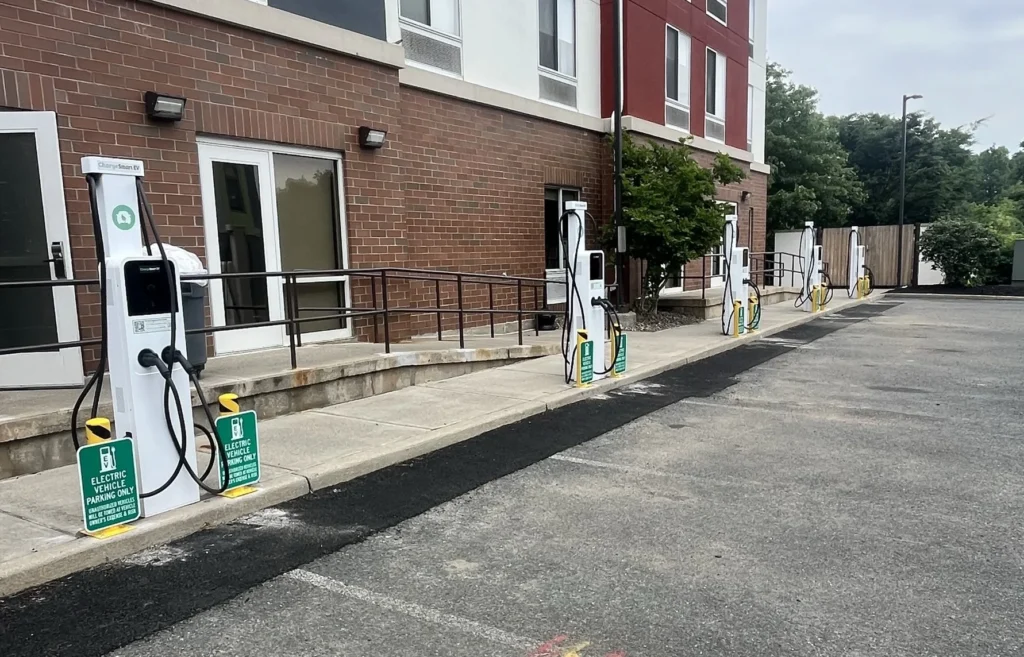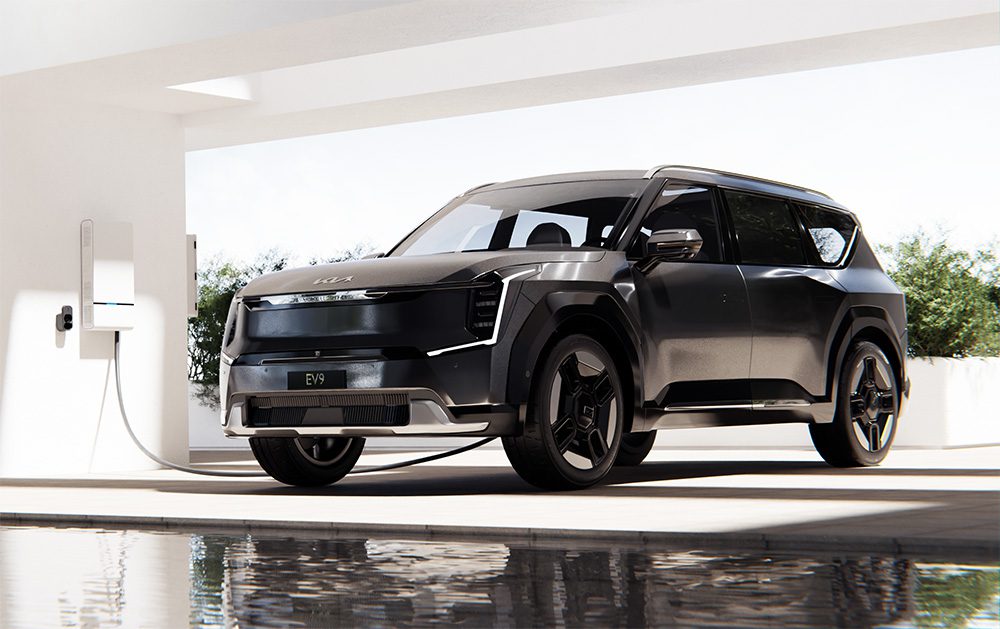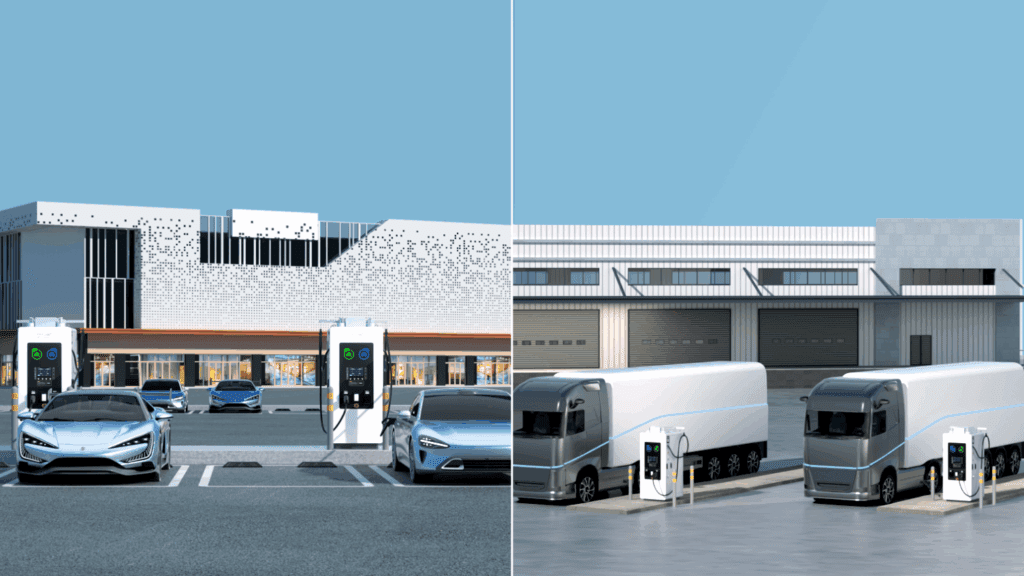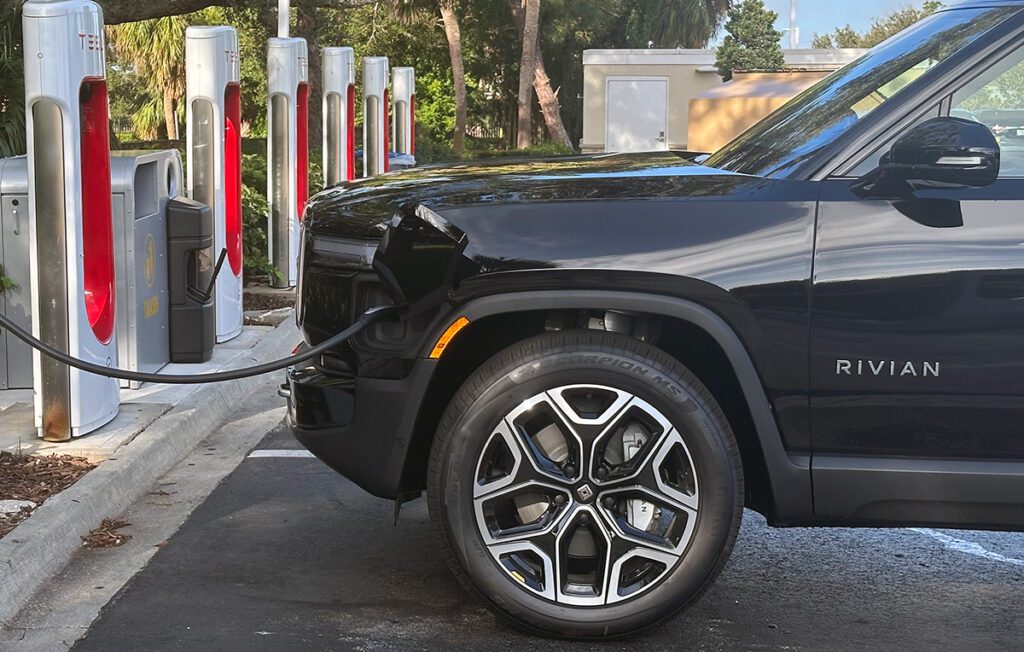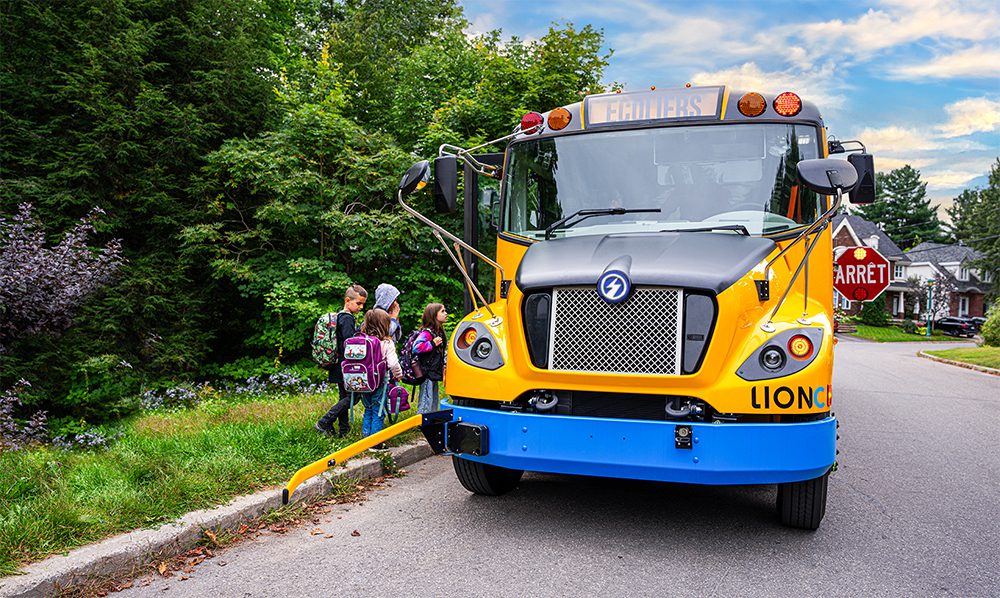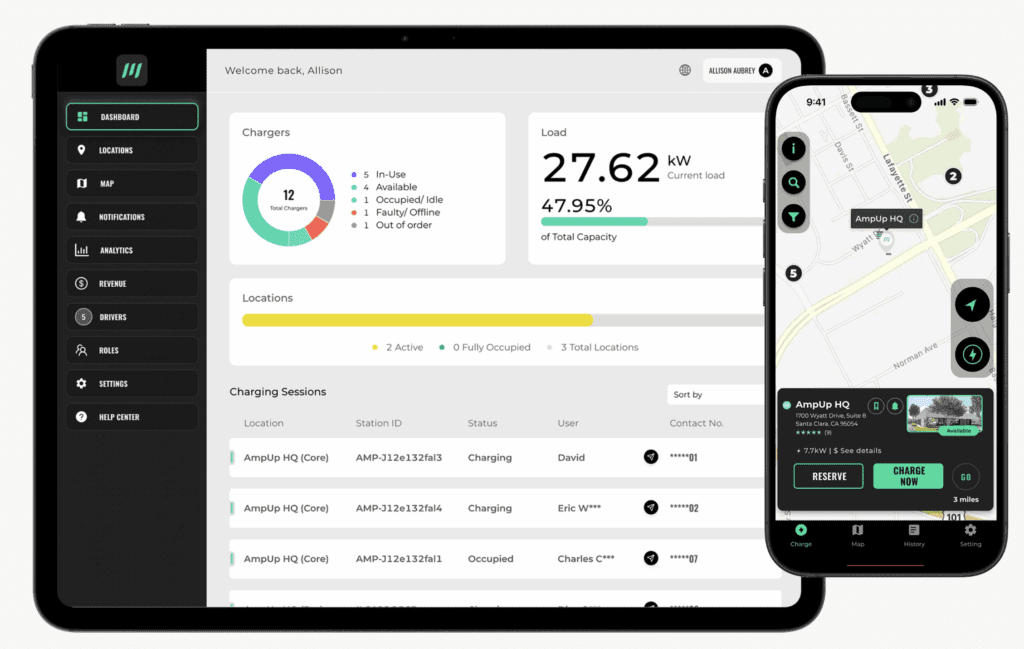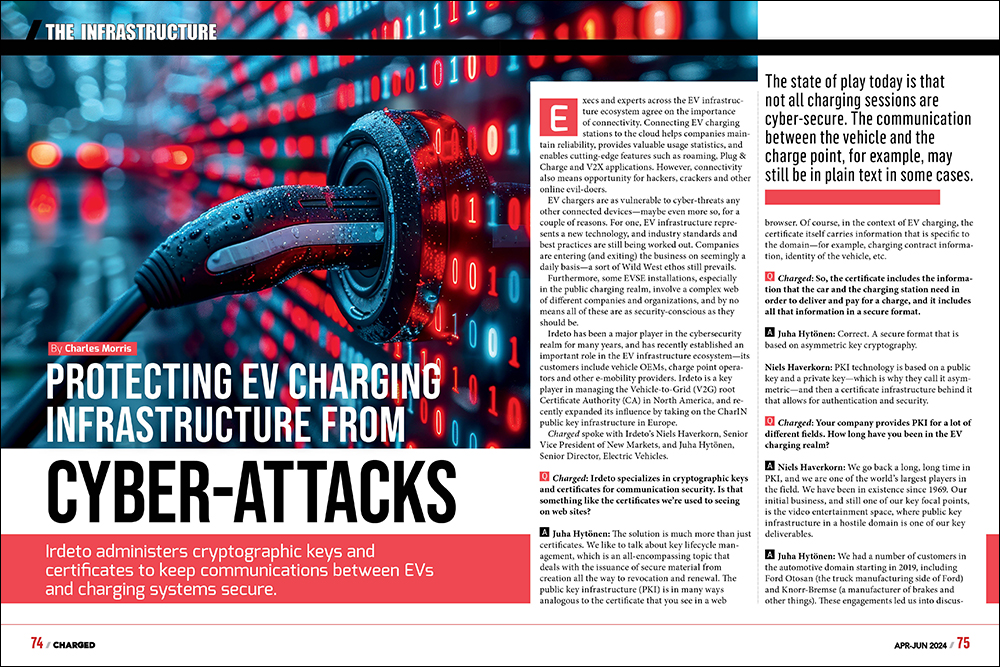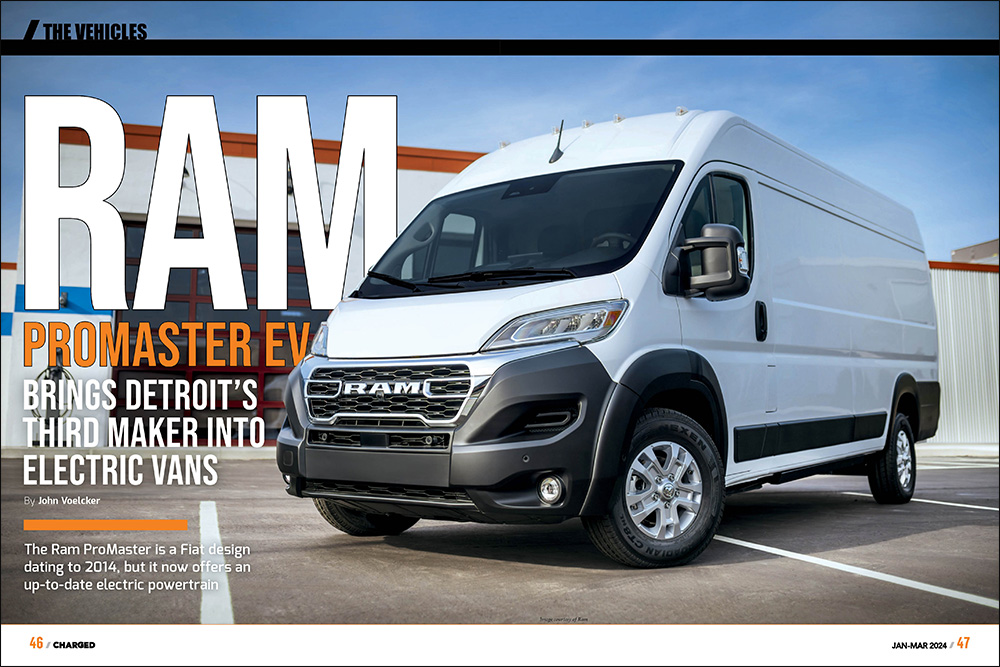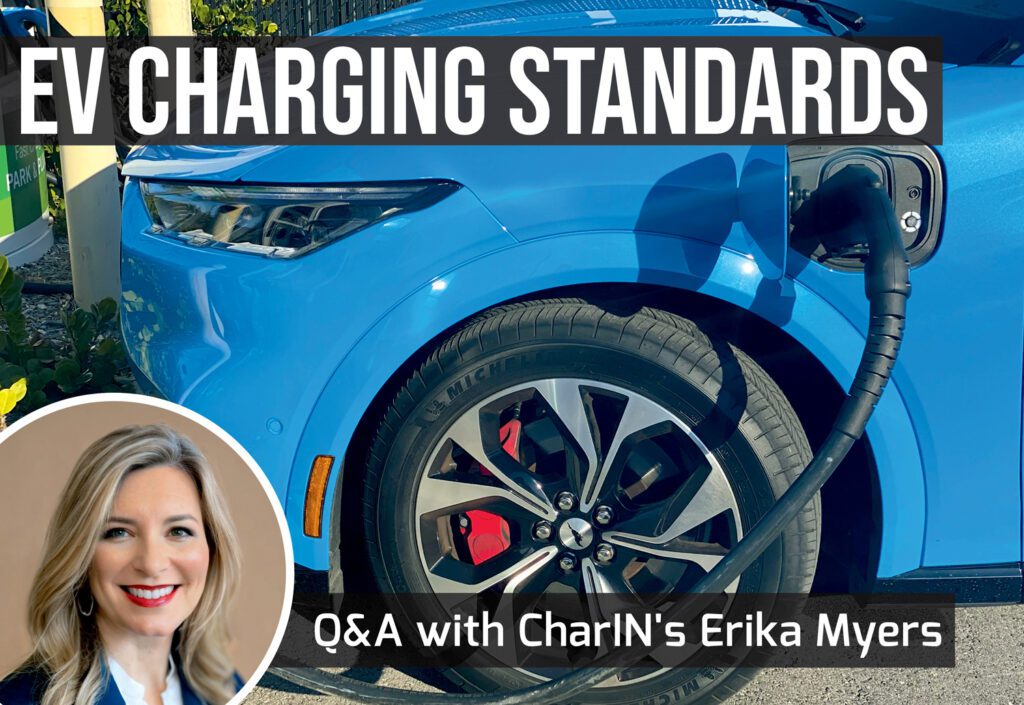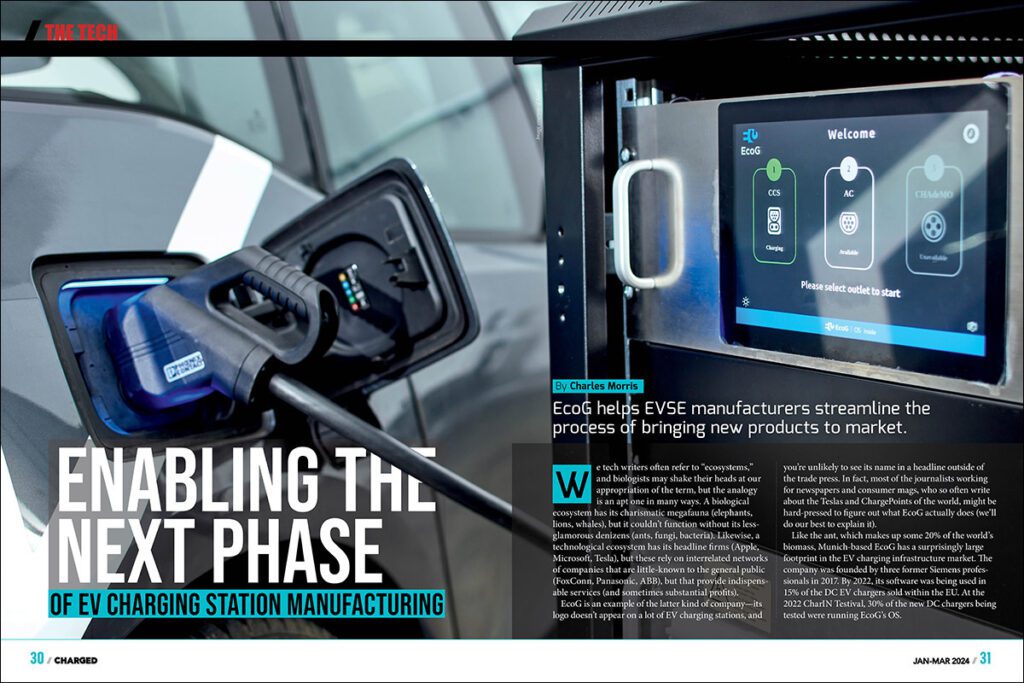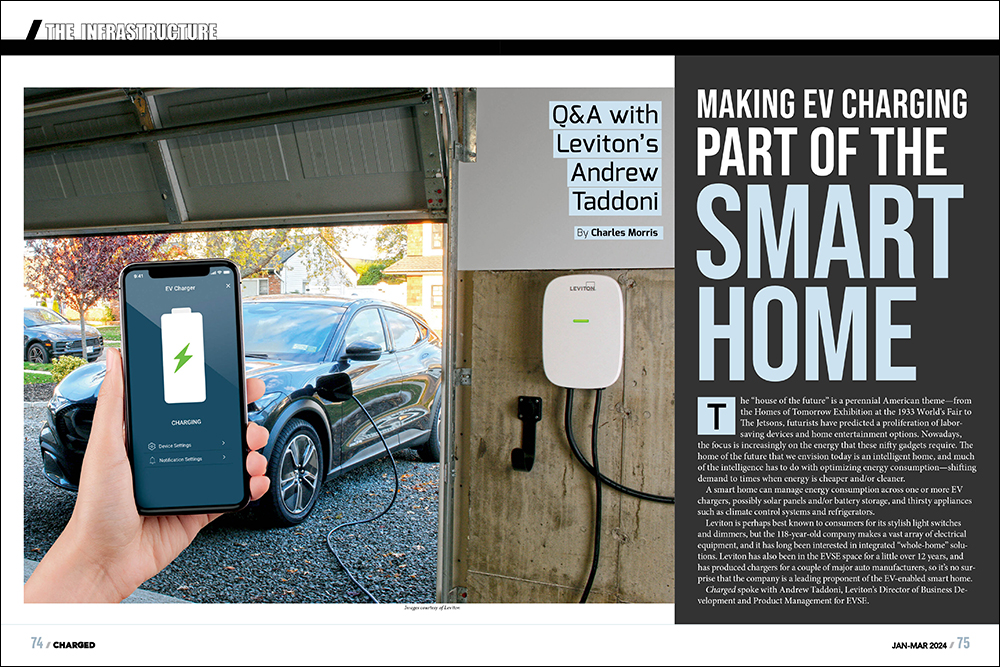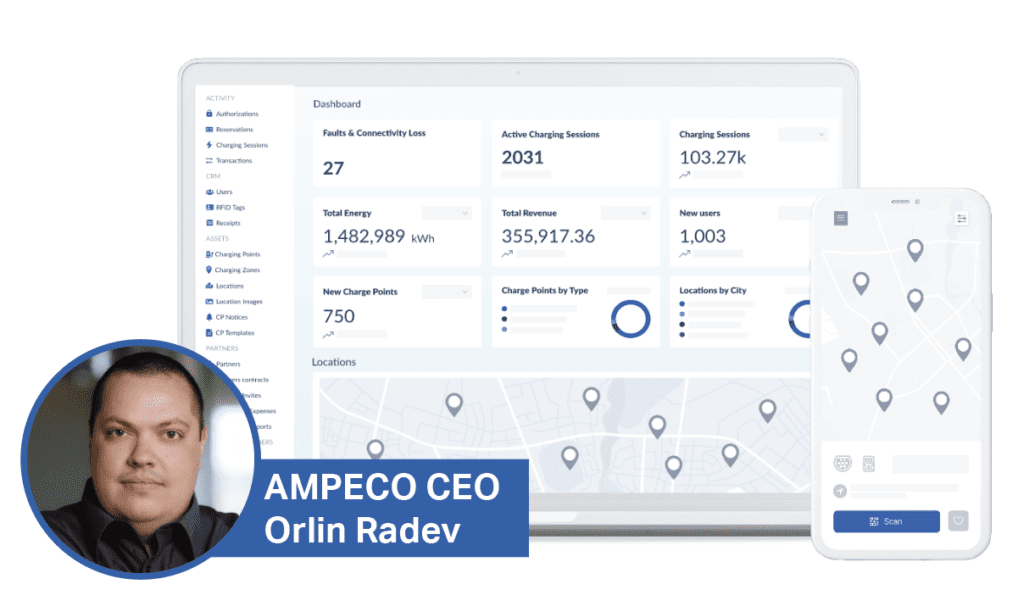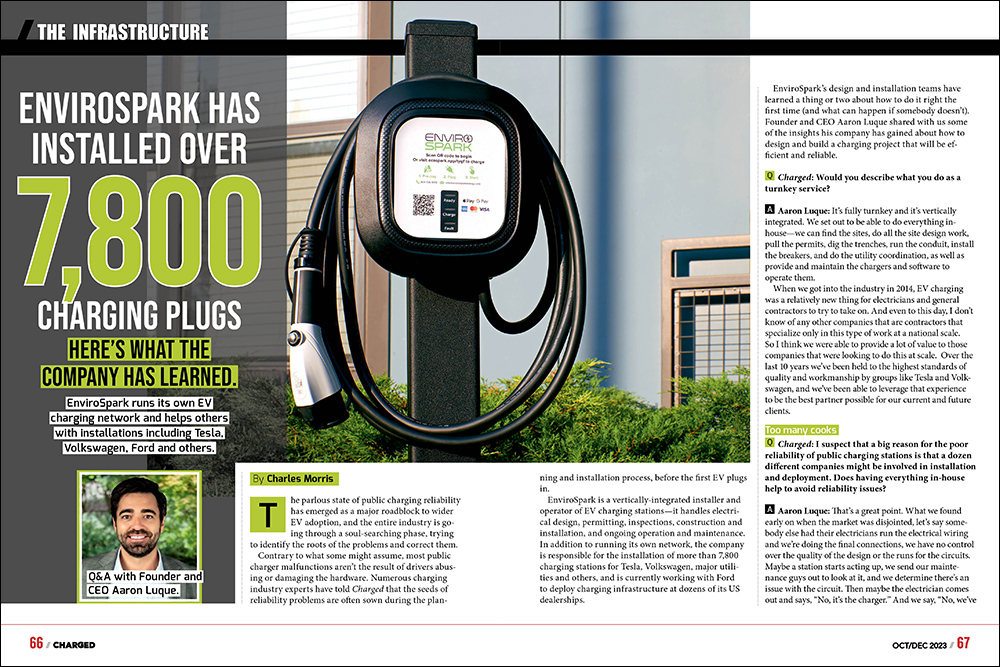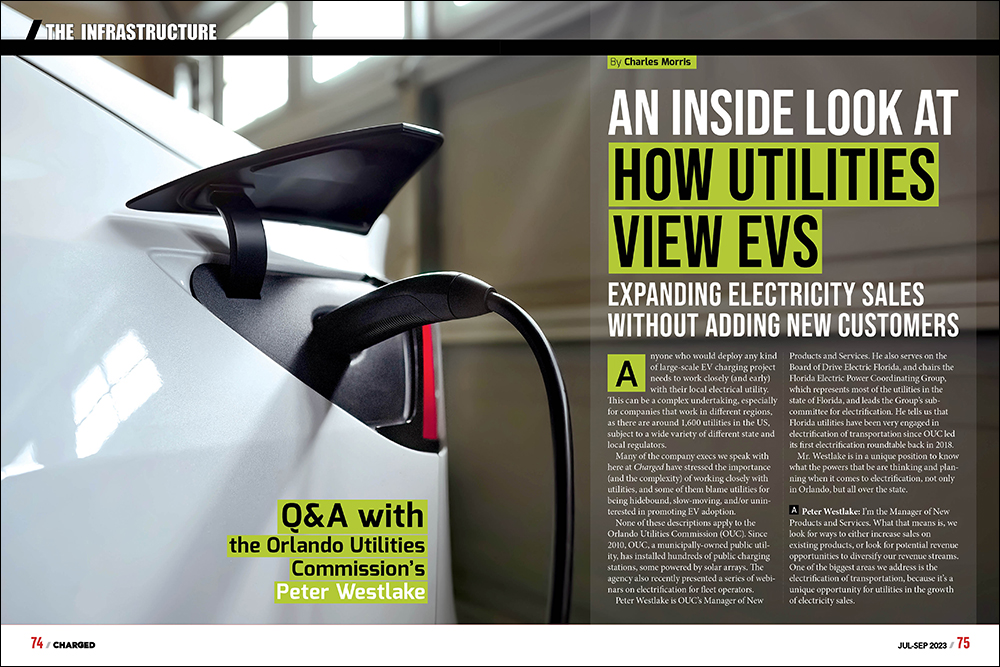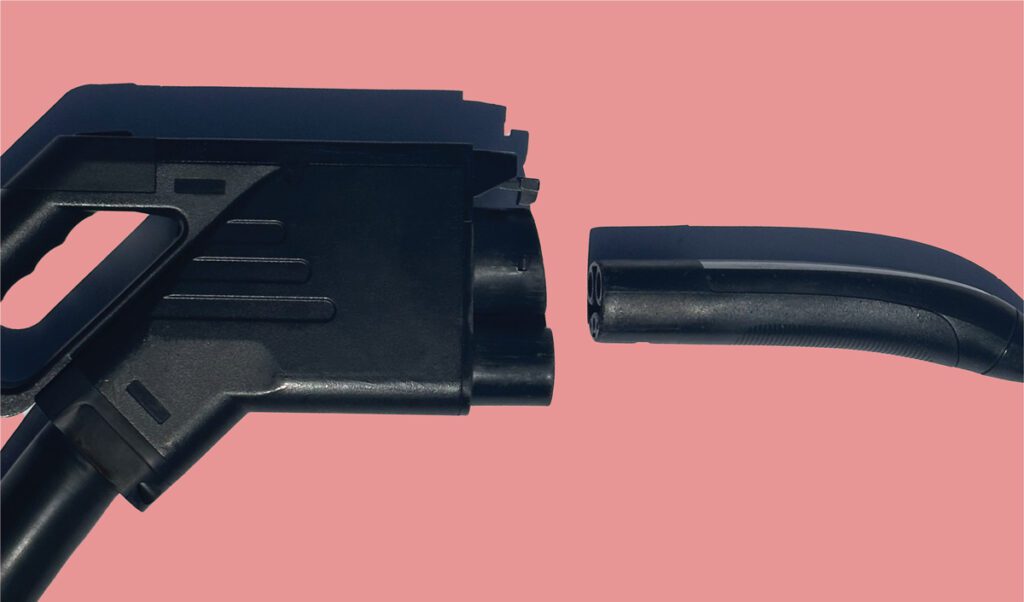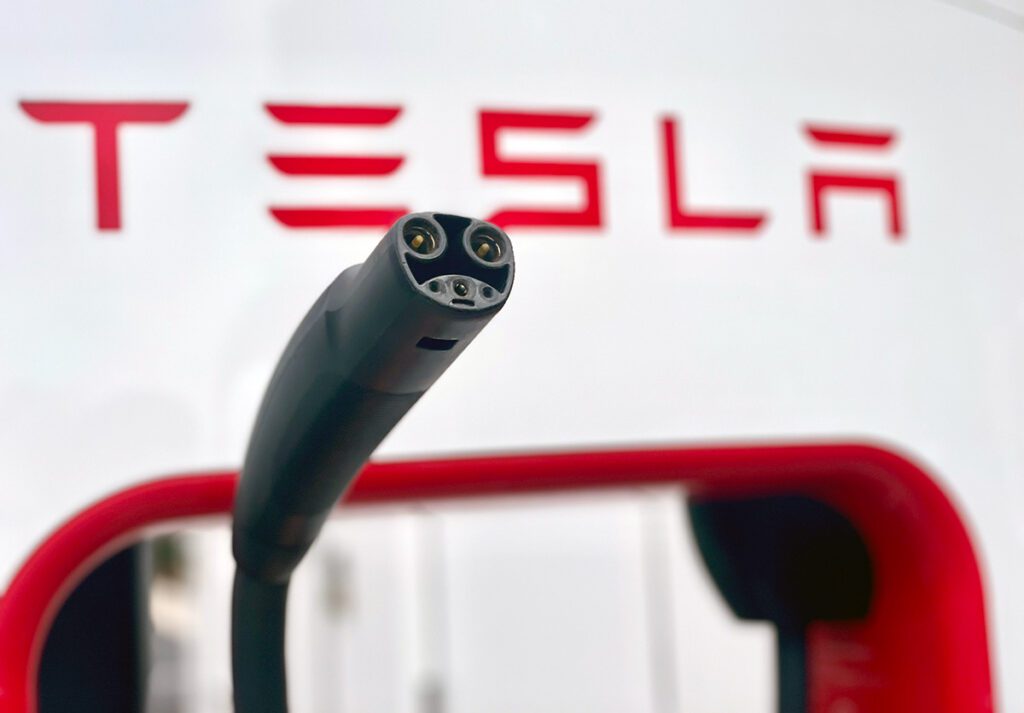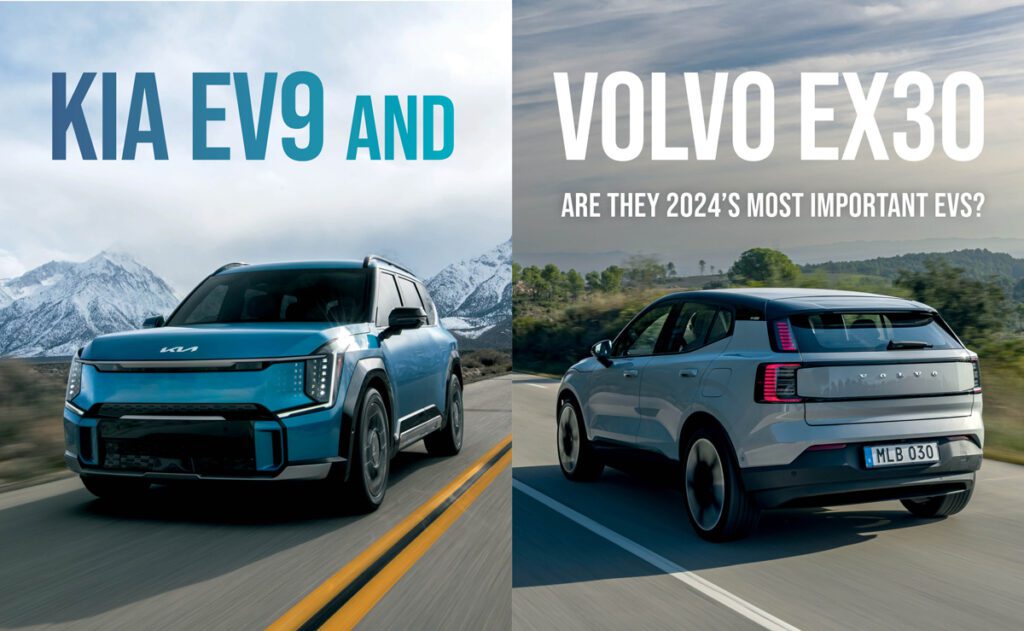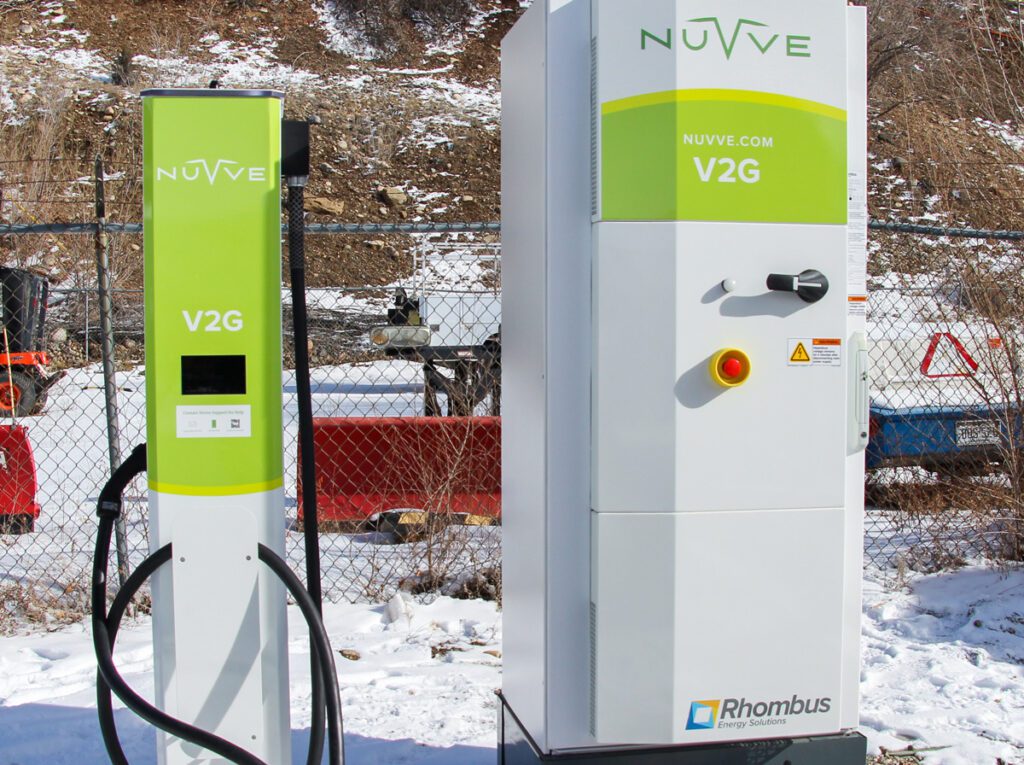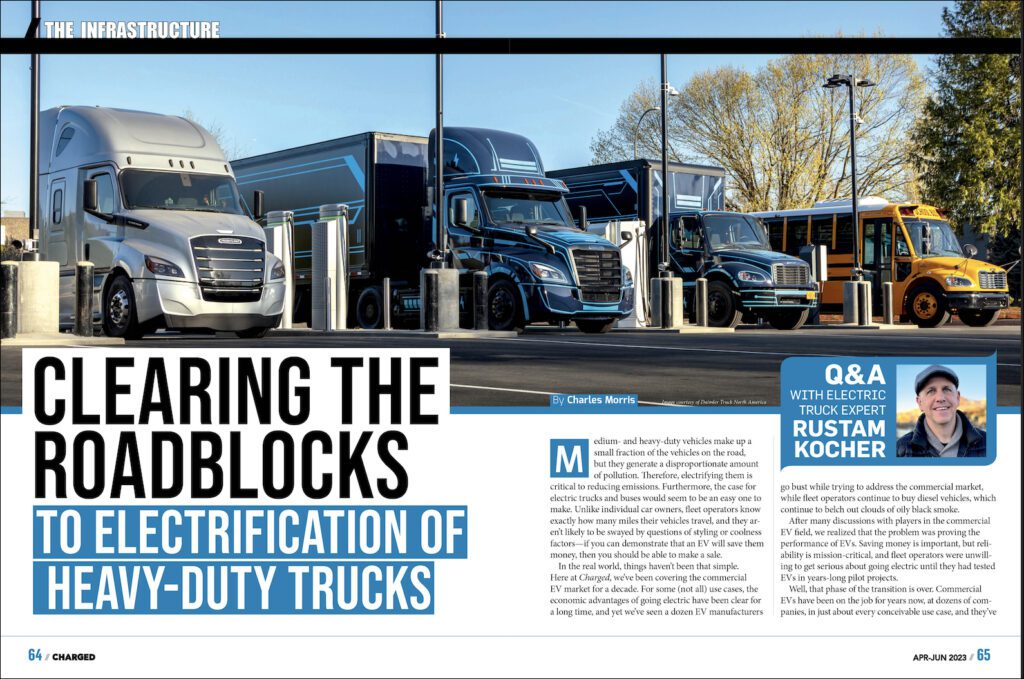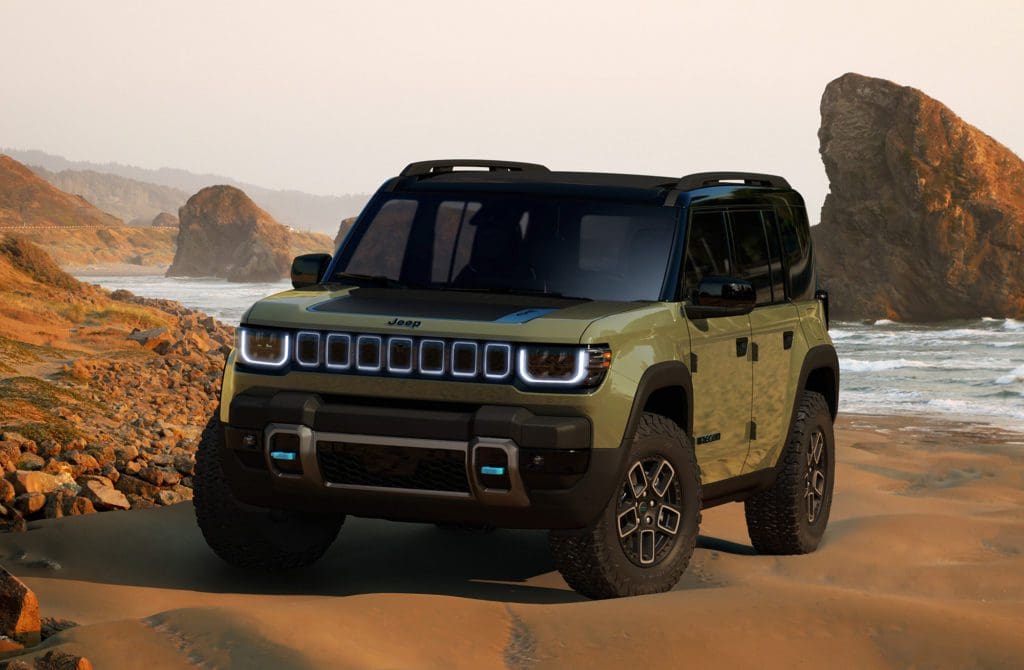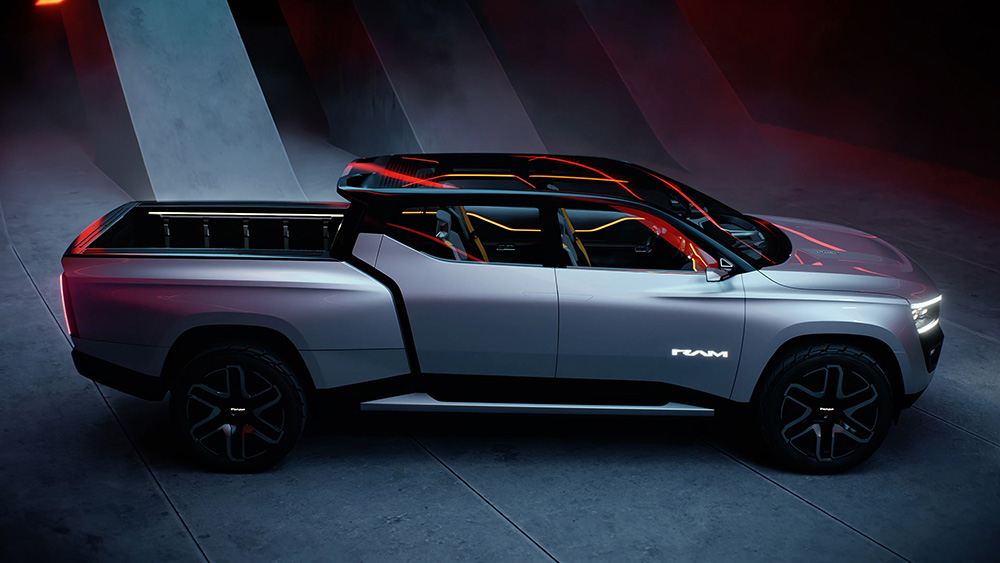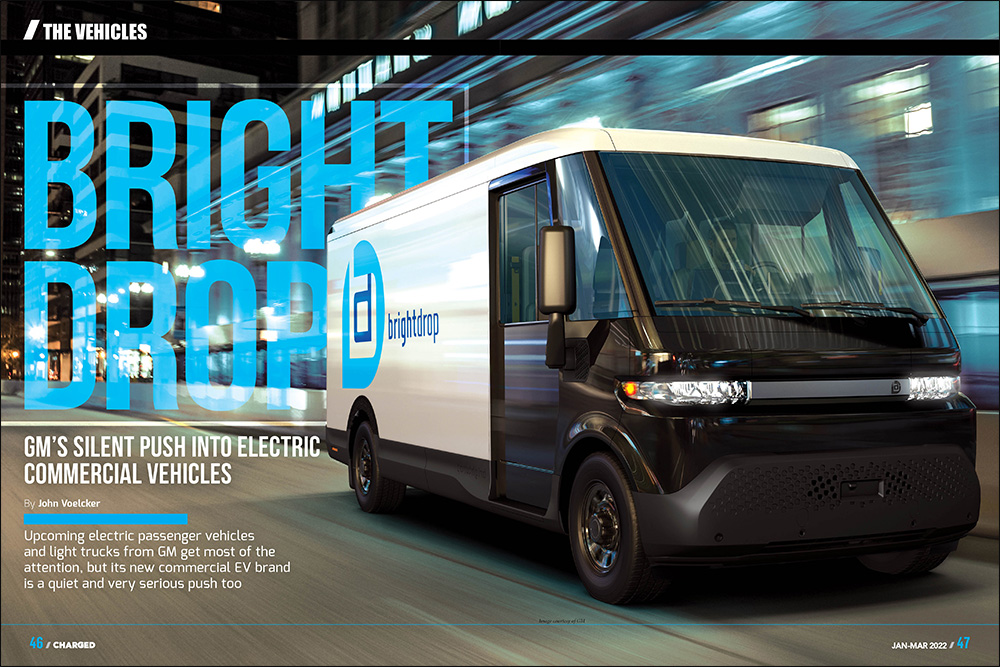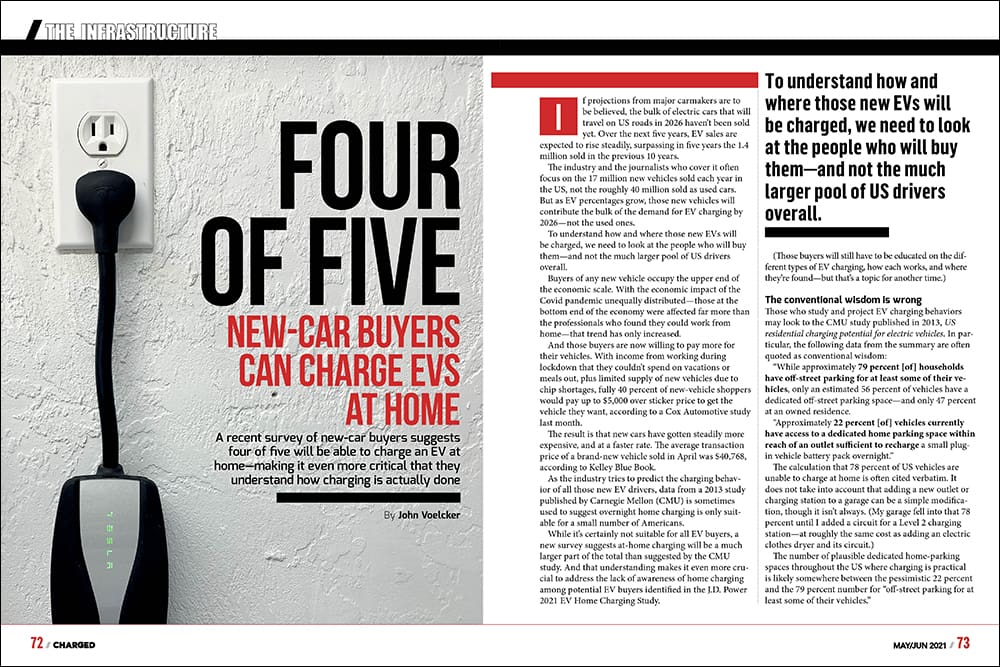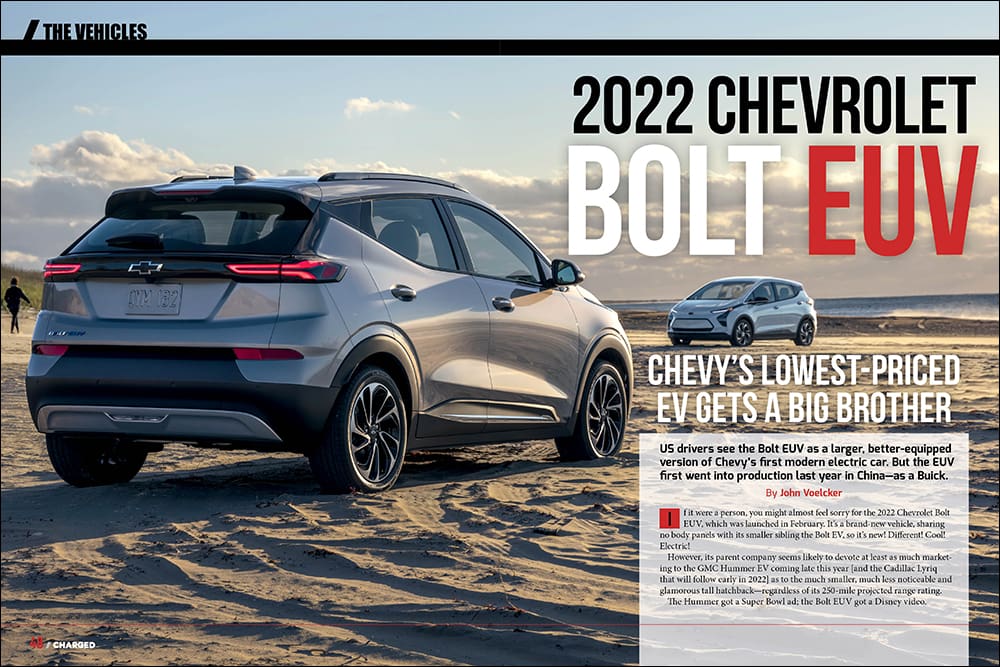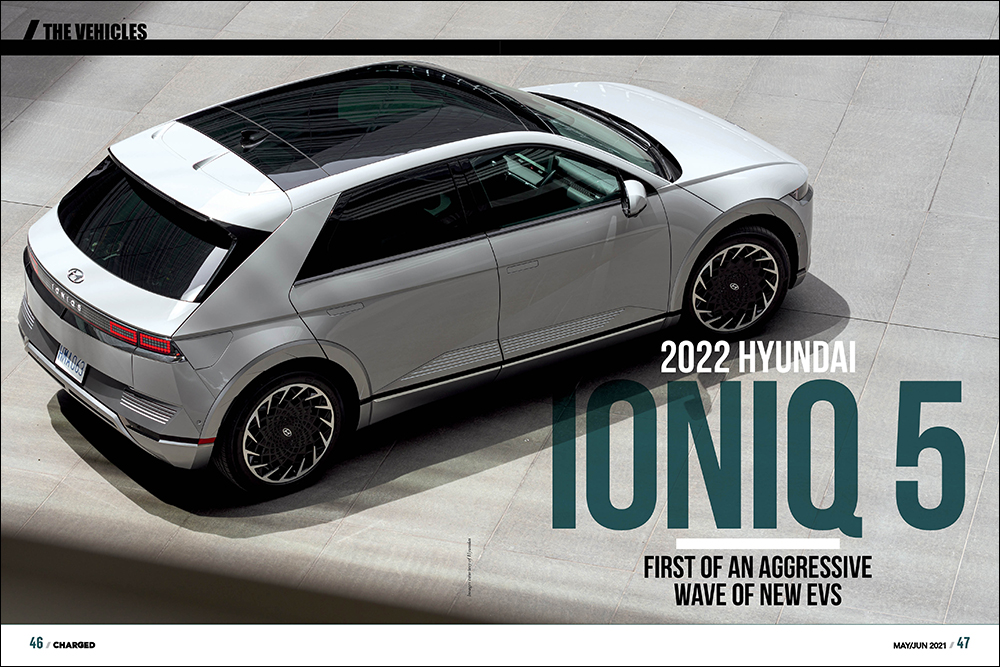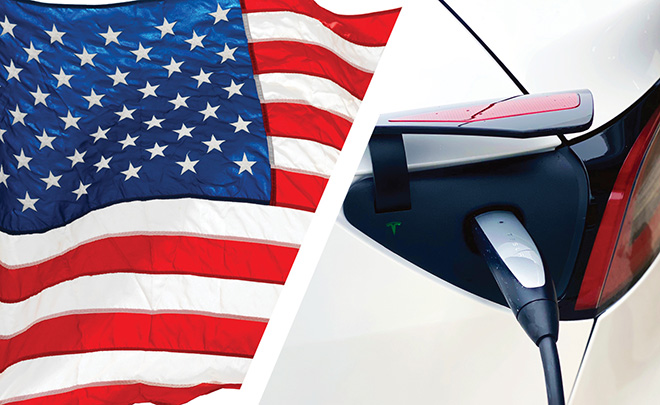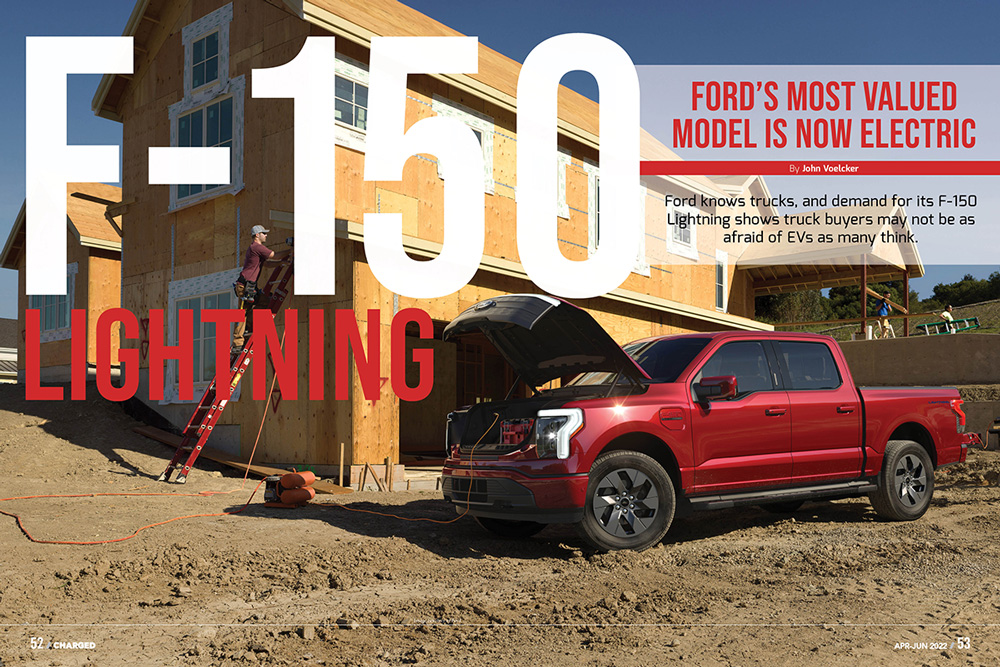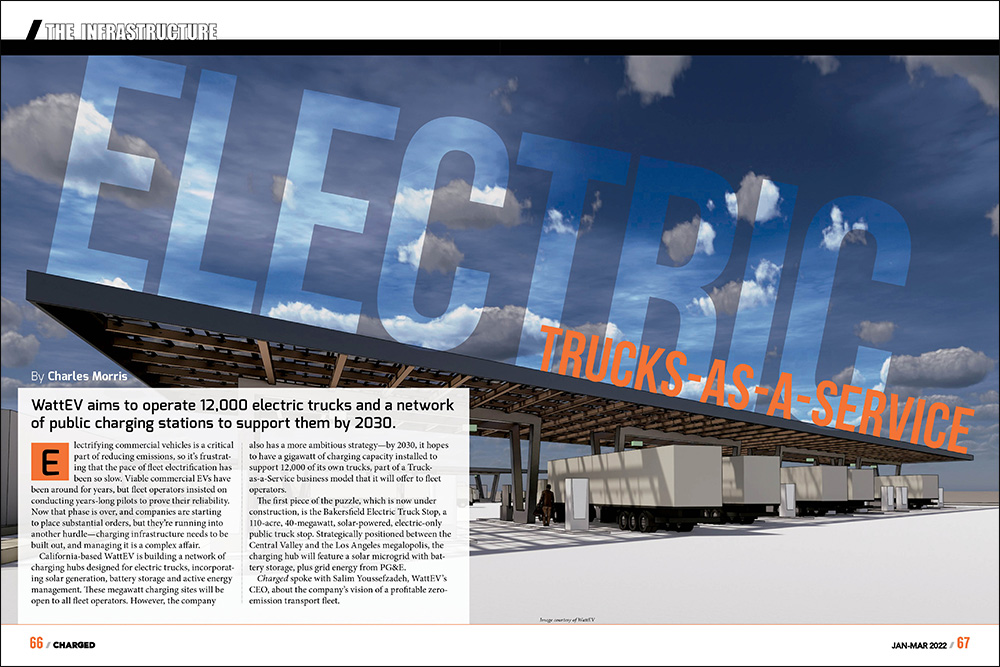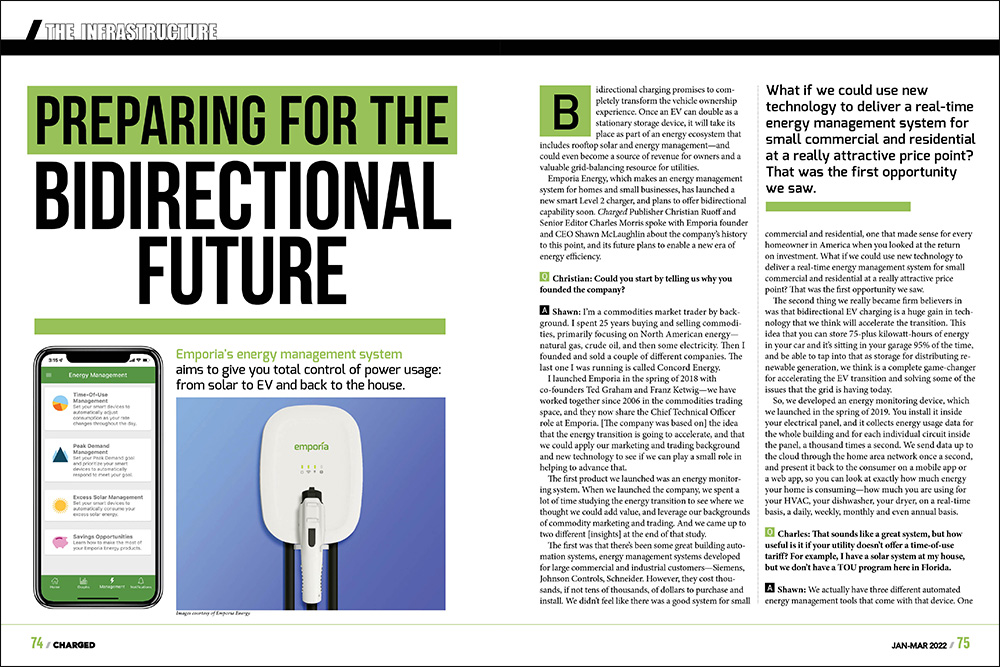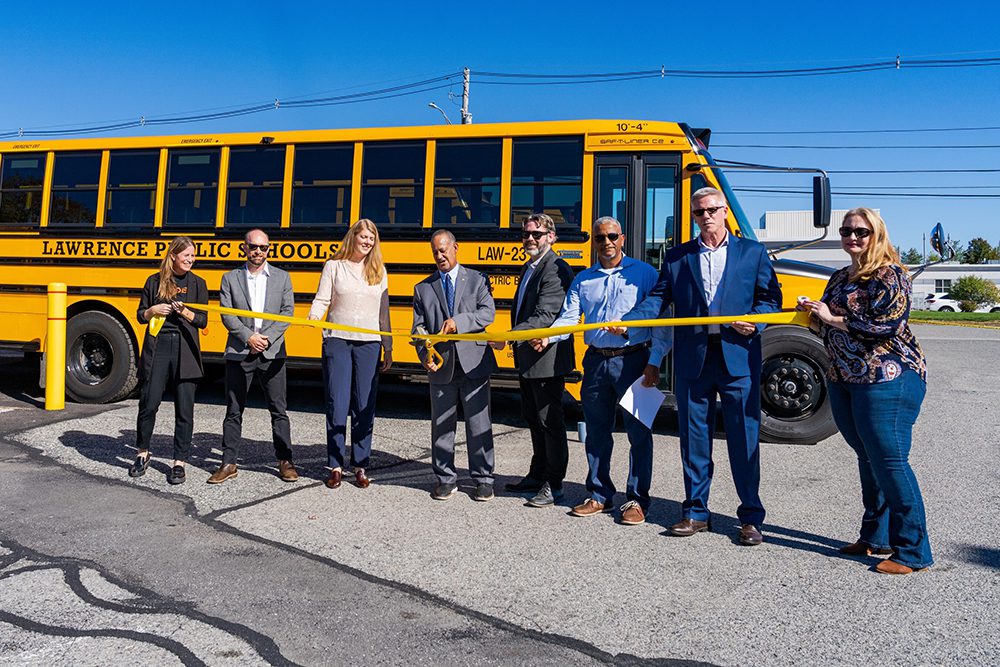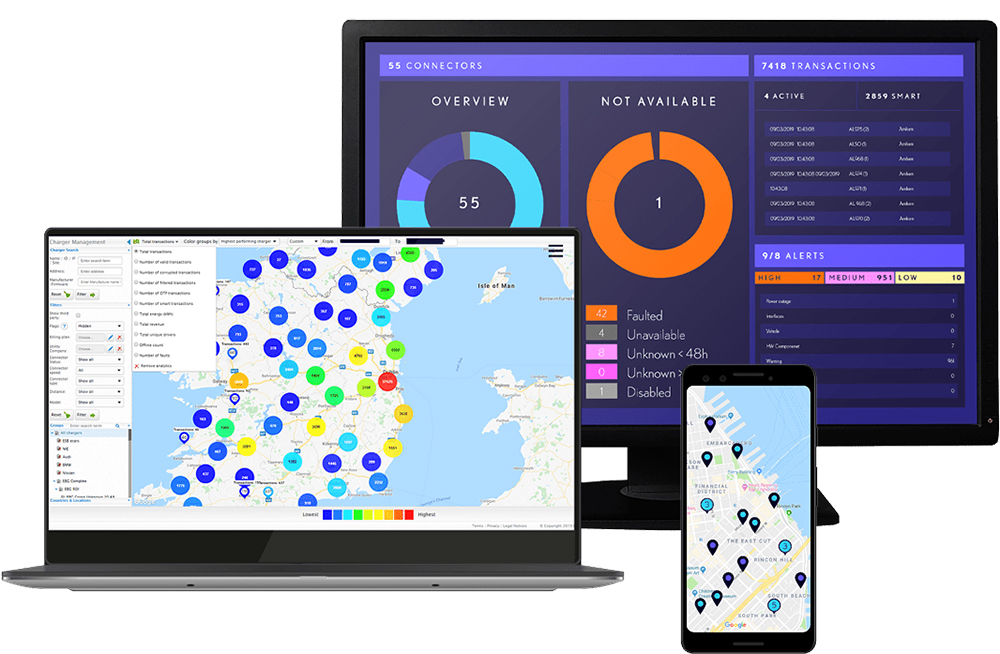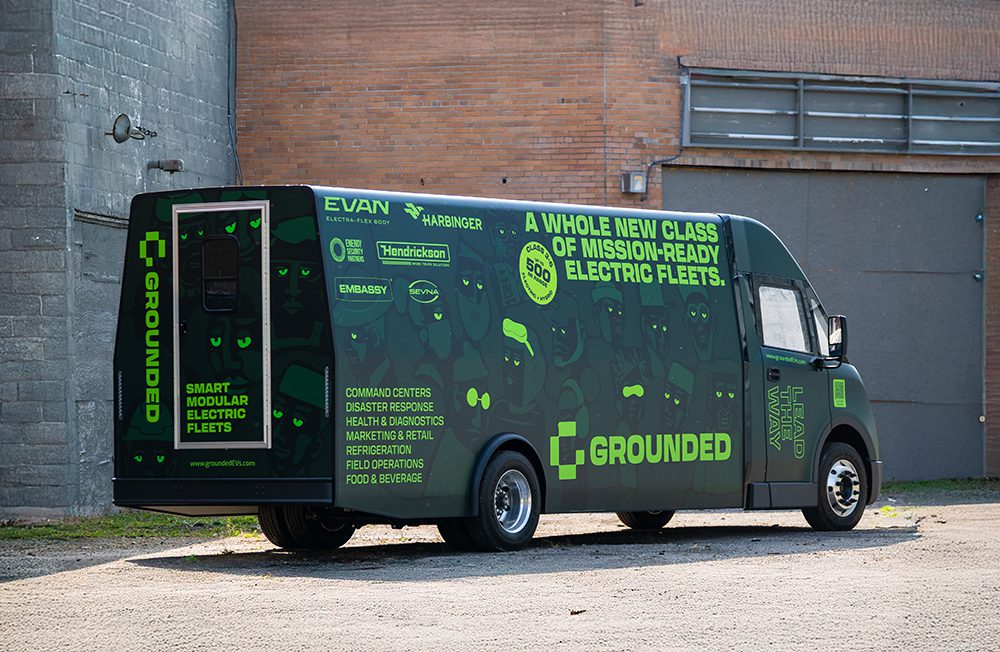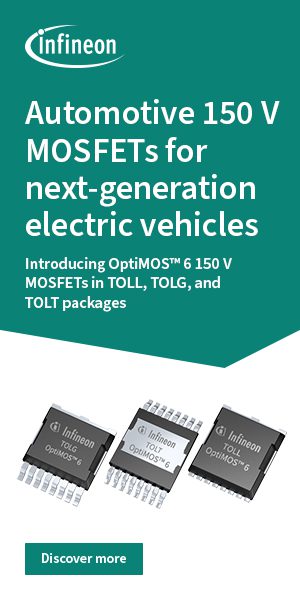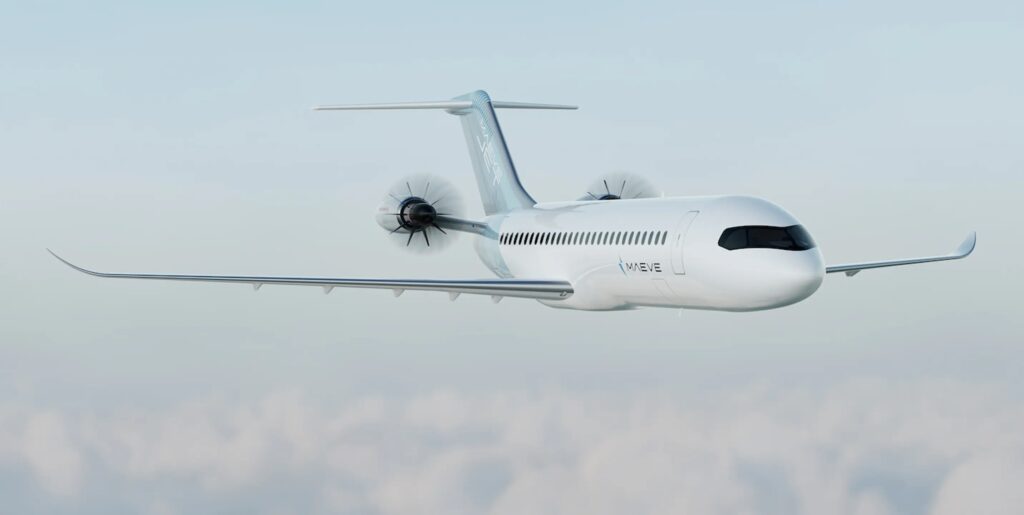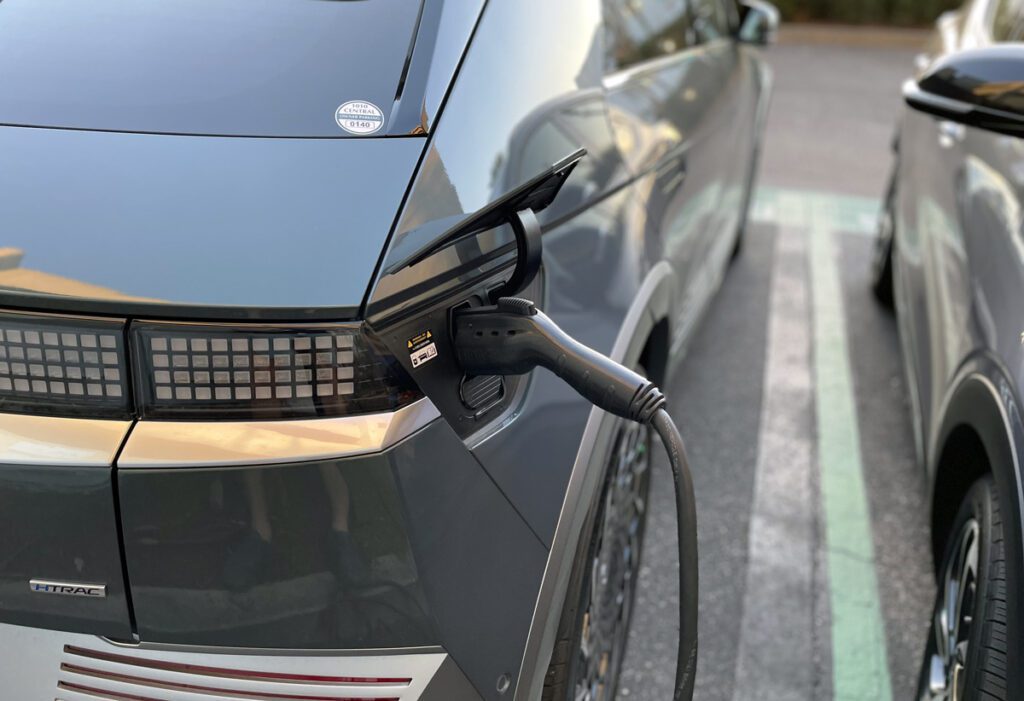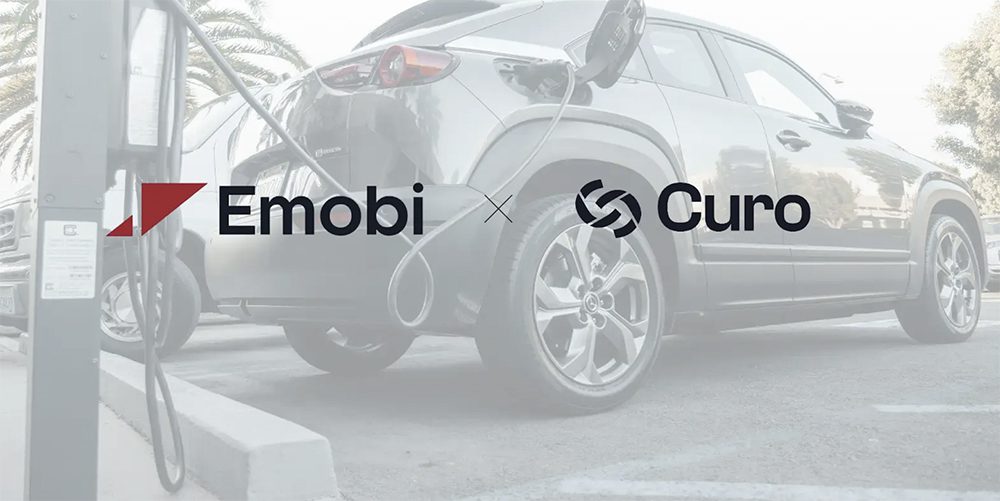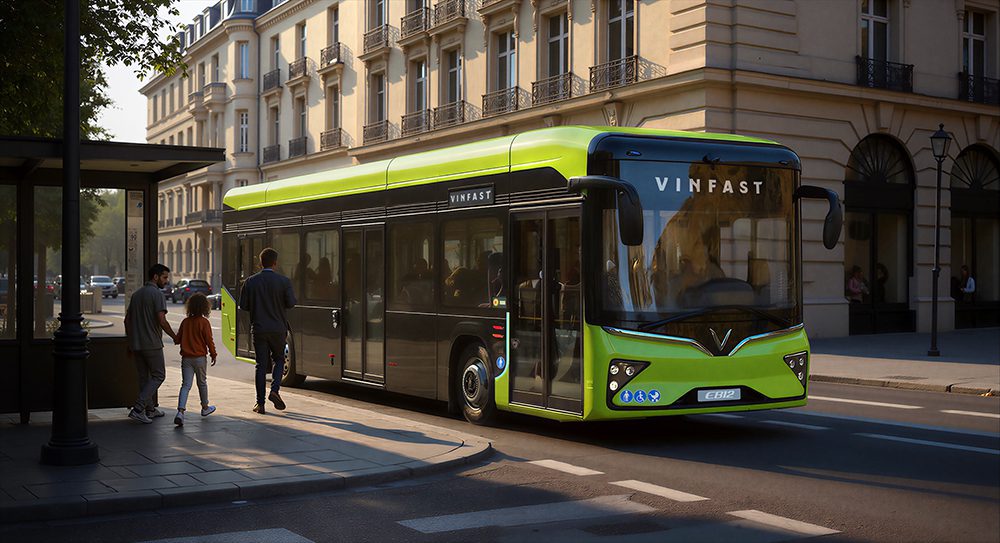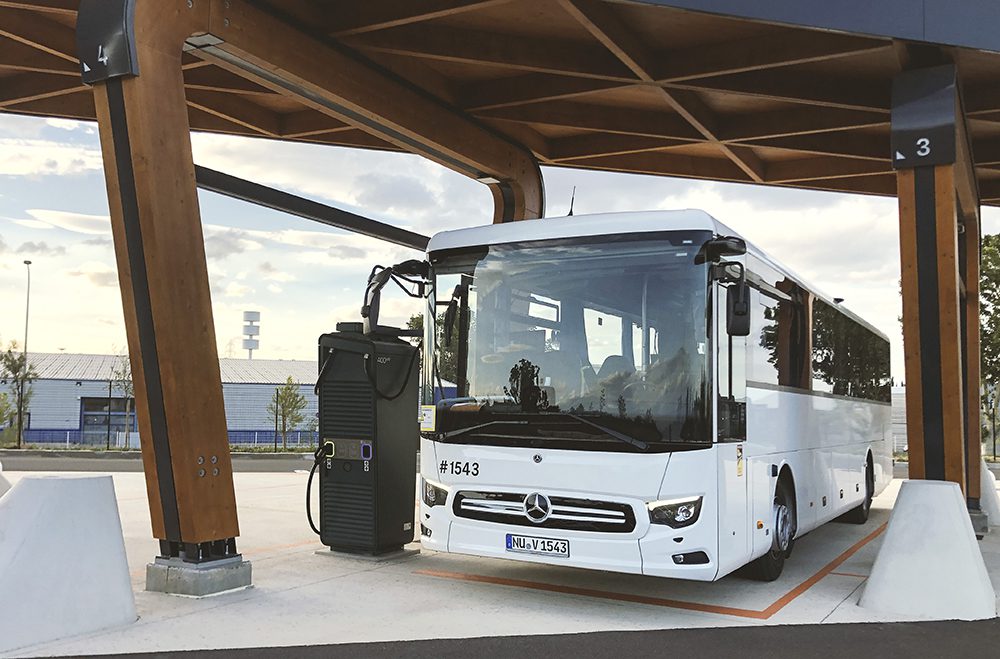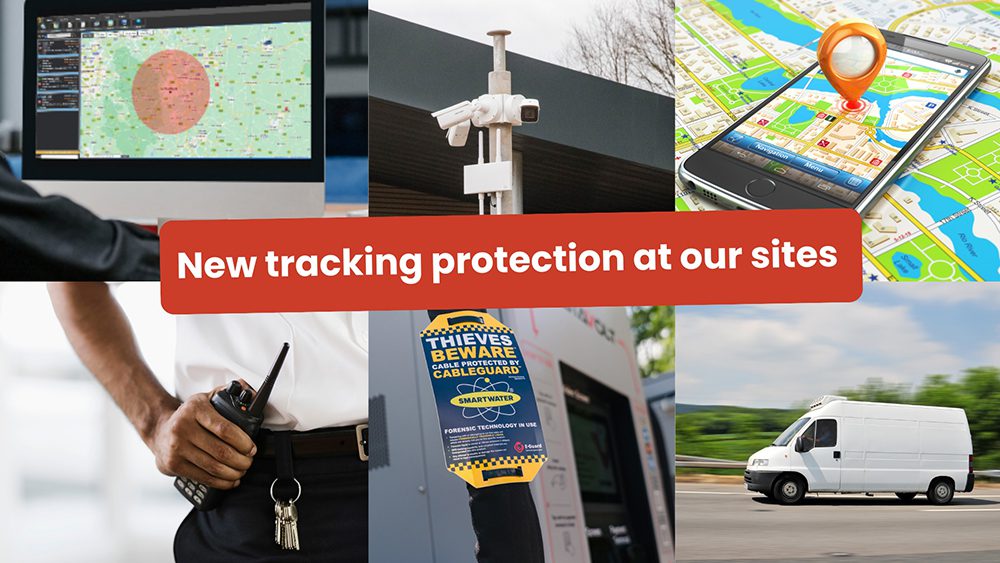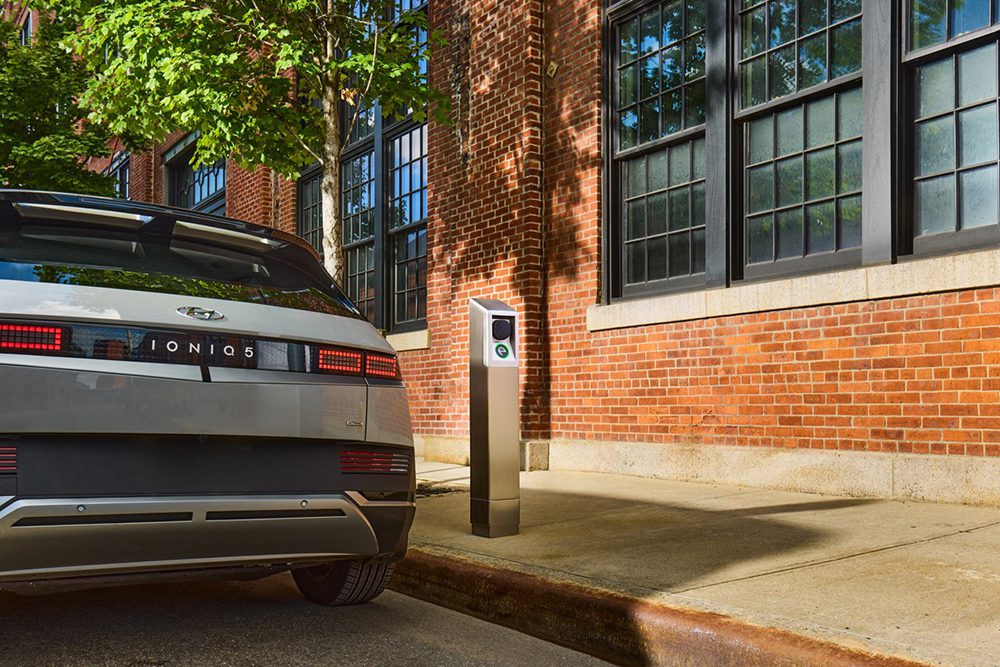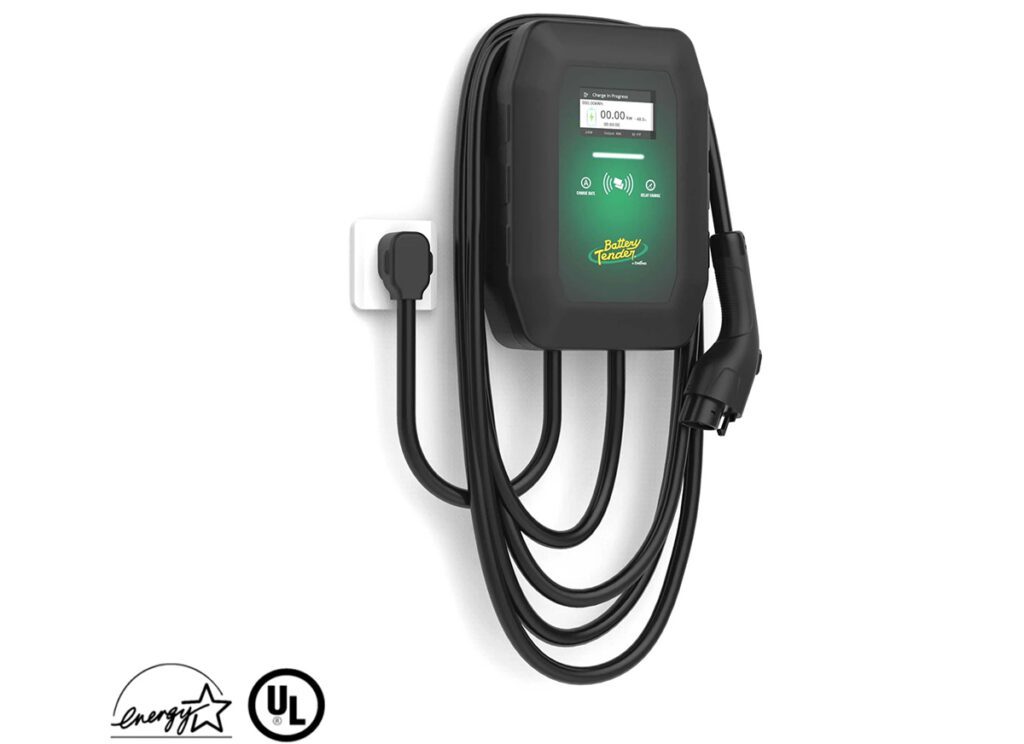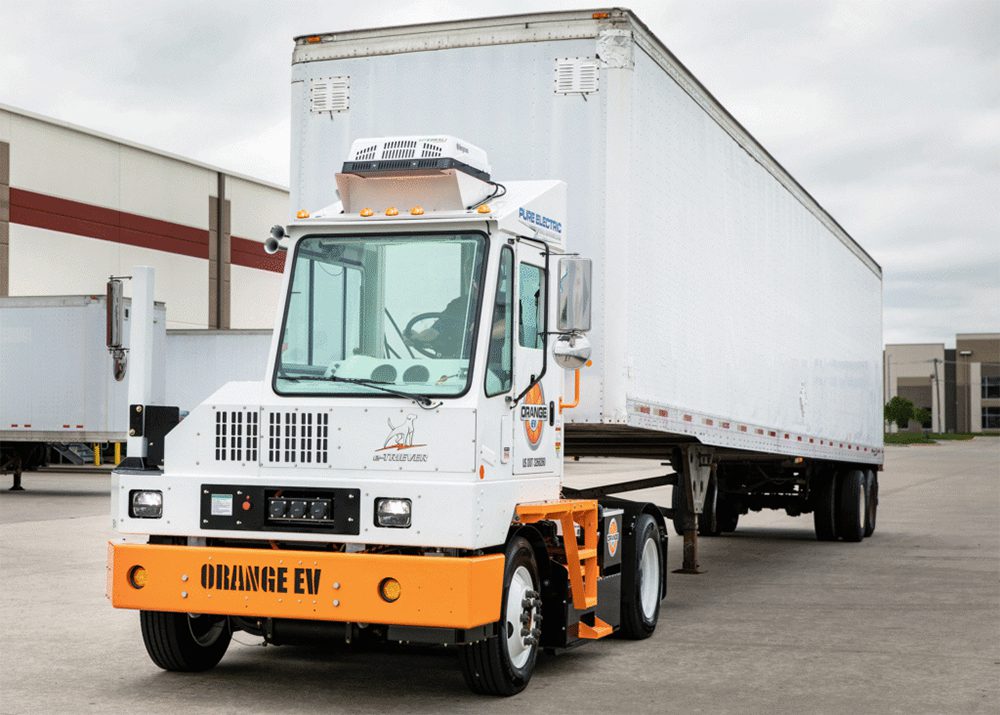Pacific Gas & Electric and BMW worked together on a pilot vehicle-to-grid program from July 2015 to December 2016. The iChargeForward program was designed to test the ability of EVs to support the electric grid through smart charging and demand response.
The companies have now released the results of the pilot, which they say successfully demonstrates that EVs can be used as a flexible grid resource, saving money for both grid operators and EV owners.
The pilot, which involved 100 BMW i3 drivers in the San Francisco area, evaluated how managed charging of customer-owned EVs can benefit the grid during times of high demand. PG&E sent demand response signals to BMW requesting a load reduction on the grid of up to 100 kilowatts. BMW selected vehicles for delayed charging – up to one hour delay per day – and sent a signal to the drivers through their existing BMW smart phone app. Participants could choose to opt out of participating in events based on their personal needs.
BMW supplemented the smart charging of the vehicles with a solar-powered energy storage system made from second-life EV batteries to support the grid during demand response events as necessary.
Over the course of the 18 months, the program dispatched 209 demand response events totaling 19,500 kWh, equivalent to the electricity to power two homes for one year. On average, 20 percent of the grid resources came from the 100 participating EVs and 80 percent from the energy storage system.
“This is the first pilot that PG&E has run that specifically leverages a combination of managed charging and used EV batteries,” said iChargeForward program manager David Almeida. “Not only did we test technical capabilities through the pilot, we also focused on customer research and behavior to better understand the participants’ perceptions and experience in the program.”
Participants were happy with the program – 93 percent said they were likely to participate in a similar program in the future.
BMW has received a grant from the California Energy Commission to lead a second phase of the pilot. The next phase will explore the ability to optimize charging events wherever the vehicle is charging, at home or at a public charger.
Source: Pacific Gas & Electric
